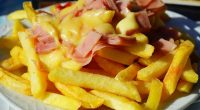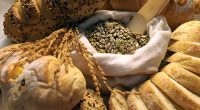Nutrition News & Views
Conquering the COVID kilos
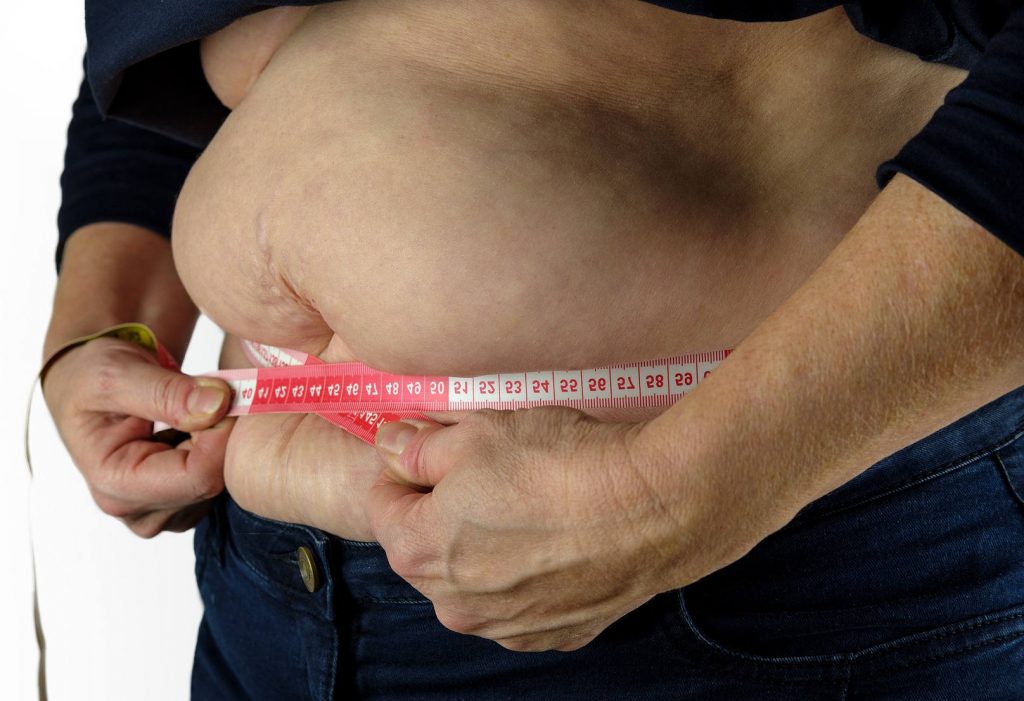
Lockdowns may be over, but for many of us, the past few years have meant gaining an extra kilo or two... and then a couple more... because the fridge is in easy reach and home delivery is just a click away. Plus, during the winter months, the limited outside exercise we are allowed often means wading through puddles of unknown depth while enduring icy rain.
And when the sun begins to shine and thoughts turn to the coming summer, there is the sad realisation that the body is in shape... and that shape is round.
So, how to keep the weight under control and avoid adding the dreaded extra kilos?
It’s tempting to "go hard and go fast” and quit carbs, dairy or another food group altogether, along with trying to survive on starvation-level servings. Especially if the fad diet of the day is screaming about how carbs are the invention of the Devil, or dairy converts straight to blubber, or tomatoes interfere with your metabolism, or fasting six days a week is ideal... etc etc.
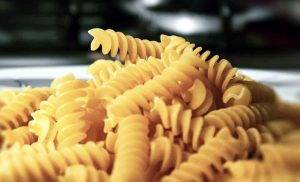 Now, it’s certainly true that cutting out carbs and greatly reducing portion sizes is a way to lose weight quite fast, but carbohydrate foods such as potatoes also contain many other nutrients that are essential for good health. (Sugar is an exception, more on that in a minute.)
Now, it’s certainly true that cutting out carbs and greatly reducing portion sizes is a way to lose weight quite fast, but carbohydrate foods such as potatoes also contain many other nutrients that are essential for good health. (Sugar is an exception, more on that in a minute.)
A balance of important nutrients like iron, zinc, calcium, vitamins B and C, folate and fibre is essential for metabolism, growth, repair and fighting disease.
Greatly (and rapidly) reducing your food intake puts the body into survival mode, which, unless done very carefully, can have long-term health consequences.
Rather than cut out food groups and severely restrict food intake, a better plan for weight loss is to eat nutritious foods in adequate portions to maintain good nutrition. This is also the most sustainable way to avoid the common “yo-yo” effect of diets – rapid weight loss followed by the kilos piling back on.
In general, this means eating more fruit and vegetables, but continuing to eat lean meats, poultry, fish, eggs, tofu, nuts and seeds, legumes, dried beans, wholegrains and dairy (mostly reduced fat dairy is recommended).
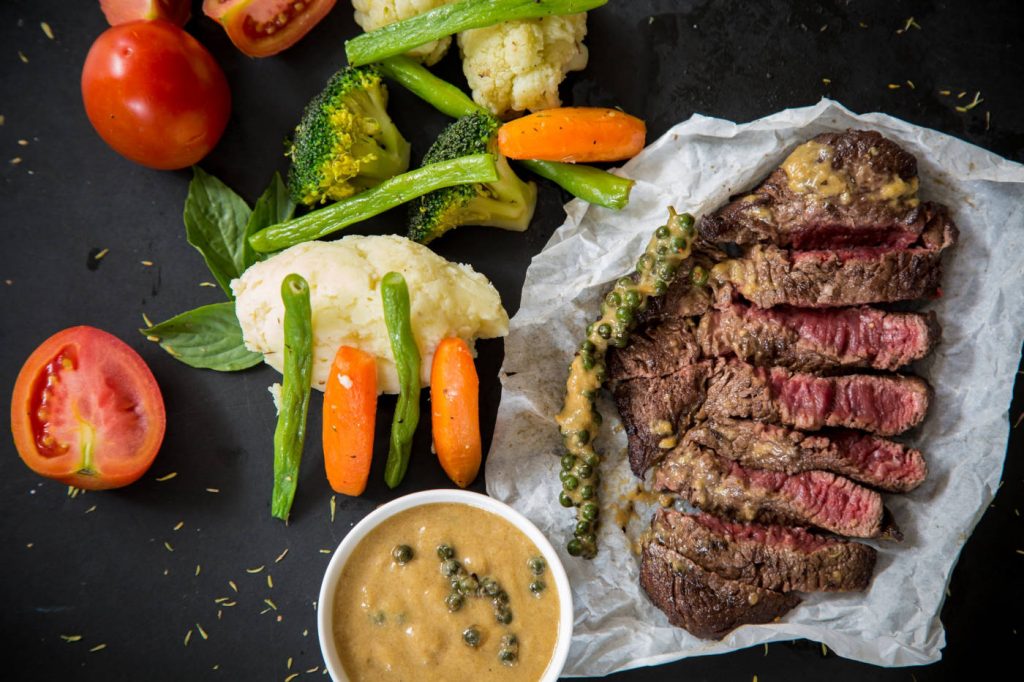
Your diet quality can be measured by your diet quality score – a measure of the healthiness of your foods and eating habits.
You can rate your diet quality by taking the free online Healthy Eating Quiz at www.healthyeatingquiz.com.au.
More fibre, less simple and refined sugars
Eating more vegetables and fruit is the number one recommendation for a weight loss/weight maintenance diet. 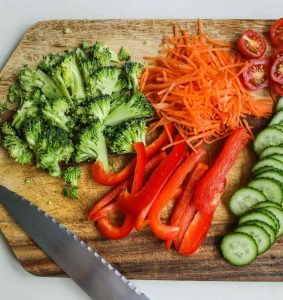 Fruit and vegetables are high in fibre and vitamins vital for good health, plus other chemicals that help boost immunity and protect against conditions such as cancer.
Fruit and vegetables are high in fibre and vitamins vital for good health, plus other chemicals that help boost immunity and protect against conditions such as cancer.
Because fibre is filling and slow to digest, eating more vegetables, especially “low GI” vegetables such as cauliflower and beans, makes you feel “fuller” and less likely to overeat, or indulge in those sneaky after-dinner snacks of chocolate or chips.
Fruit and vegetables are also low in total kilojoules (that is, the amount of energy they contain, which the body converts to sugar and fat). So eating more of these foods can help you manage your weight.
In a study of over 130,000 adults, those who increased their amounts of fruits and vegetables lost weight over four years.
Cauliflower, blueberries, apples and pears gave the most weight loss, followed by capsicums and leafy greens.
While vegetables and fruits do contain sugar, it is in far smaller concentration than most prepared foods, which often contain significant amounts of added sugar. Sugary foods are digested rapidly, and do not provide the feeling of fullness that signals the body to stop eating.
Size Matters (Portion Size, that is)
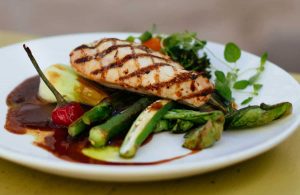 If you have larger serves of food and drinks, then - obviously - you eat more and consume more calories.
If you have larger serves of food and drinks, then - obviously - you eat more and consume more calories.
You also get used to such sizes, and feel less satisfied with smaller platefuls.
Even a relatively small increase of 150 to 230 calories per serve can add up to more than seven kilograms of extra weight a year, assuming no compensation by doing more exercise.
Drink Up, Then Eat
 Having a drink of water (still or sparkling) is often the easy way to appease those snack cravings,
Having a drink of water (still or sparkling) is often the easy way to appease those snack cravings,
We are often thirsty, rather than hungry, but it can become a habit to reach for food first, rather than for a drink.
For the same reason, having a drink of water before a meal can reduce overeating.
How Sweet It Is
The soft drinks industry has conditioned most of us to reach for a fizzy, sugary drink in preference to plain water. The body learns to expect – even demand - the sweet taste. So we load up on the empty sugar calories. Not good for weight maintenance, or your teeth.
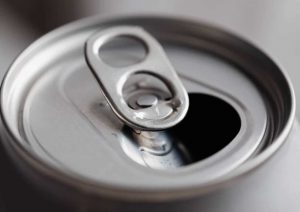 A can of soft drink contains about 150 calories. It takes up to 45 minutes to walk those off. Do you always take a 45 minute walk after a can of cola?
A can of soft drink contains about 150 calories. It takes up to 45 minutes to walk those off. Do you always take a 45 minute walk after a can of cola?
Studies of children and adolescents found that drinking a lot of sugary soft drinks greatly increased the chances of becoming overweight.
Switching to lower sugar versions of soft drinks, or to diet drinks can help, but importantly, substituting water for most drinks is the best way to reduce the sugar intake from drinks. With tea and coffee, don’t add sugar. Your taste buds will adapt!
Sugar is also present in most processed foods and – of course – in desserts and cakes. Limiting these to small portions and as occasional treats rather than as everyday foods can greatly reduce the amount of sugar in your diet.
Brushing your teeth soon after a meal not only removes food and sugar residue, promoting better dental health, but reduces the need to “graze,” to snack on sweets or indulge in sweet desserts.
Ease Up On The Alcohol
Alcohol is created from the fermentation (beer and wine) or distillation (spirits) of sugars and starches, and contains a lot of calories as a result – around seven calories per gram of alcohol, nearly equivalent to the calories in a gram of fat.
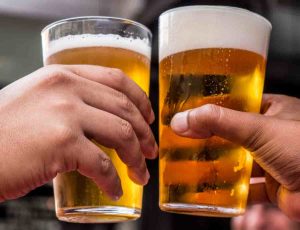 A standard glass of wine can have as many calories as a piece of chocolate. Just four bottles of wine a month is about the same calorie count as 48 Big Macs over a year.
A standard glass of wine can have as many calories as a piece of chocolate. Just four bottles of wine a month is about the same calorie count as 48 Big Macs over a year.
A pint of lager is about the same in calories as eating a packet of chips. Drink five schooners of beer a week for a year... and you are effectively scoffing about 220 doughnuts a year.
Mixing alcohol with soft drinks, milk or cream, such as in mixed drinks and cocktails, further increases the calories.
Before you refill the glass, think about how many calories you are adding to your daily total.
----
These are relatively simple ways to steadily reduce the extra kilos, and to maintain a healthy weight. There are lots of nutrition tools that can be altered to improve unwanted kilos and reduce the maximum weight to be gained over this covid lockdown time.
The real problem is not the methods, but keeping the willpower to resist food when there are “food cues” all around us. More about food cues here!
Natalia Knezevic is a dietitian in Orange, New South Wales, providing practical advice for common nutrition problems.


